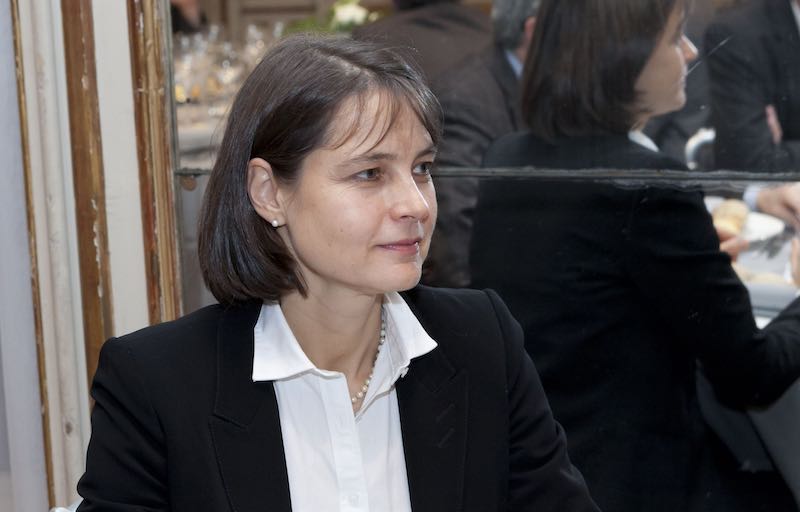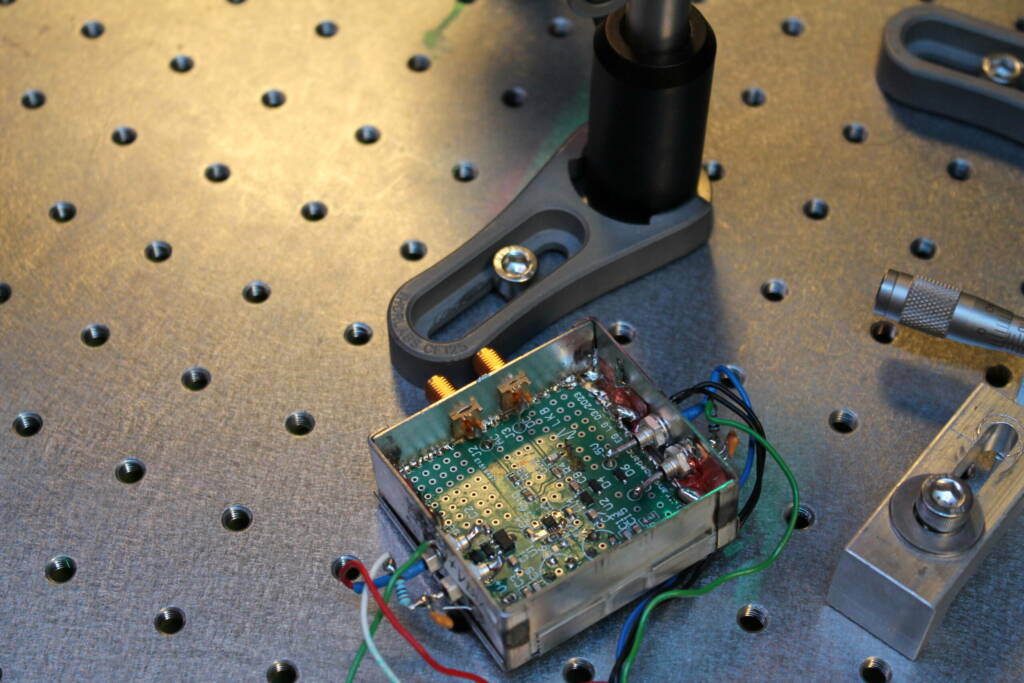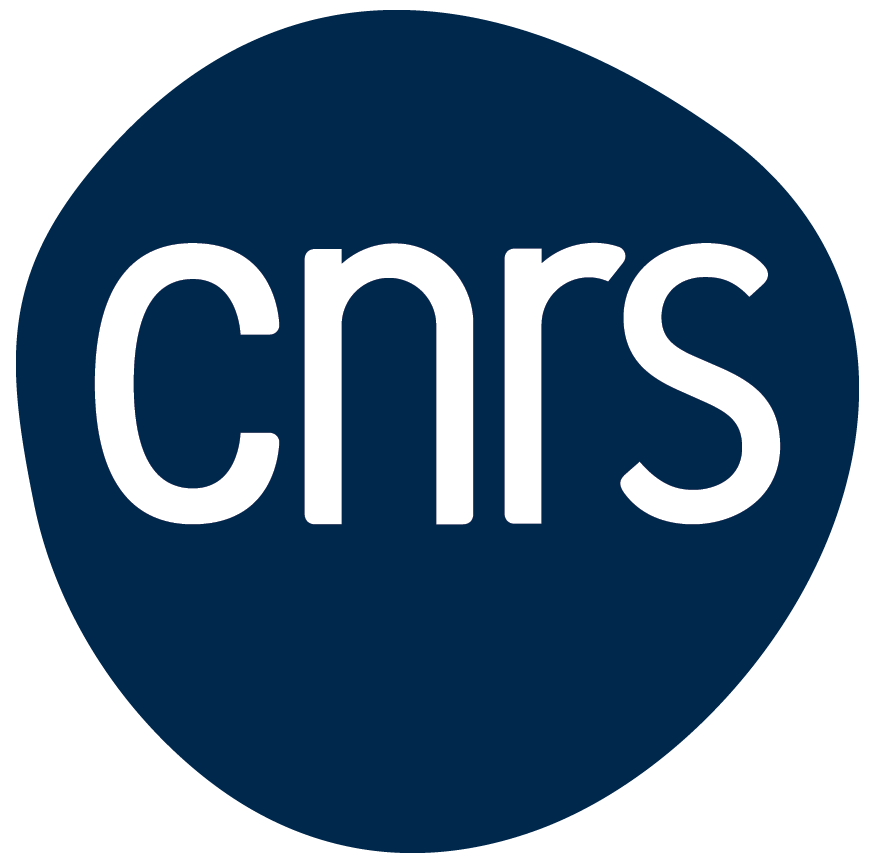Astrid Lambrecht, Winner of the 2016 Gentner-Kastler Prize
The German Physical Society (DPG) and the French Physical Society congratulate Astrid Lambrecht, the recipient of the 2016 Gentner-Kastler Prize.

This prize is awarded annually by the two sister societies to a physicist who has had an outstanding career in France or Germany.
Astrid Lambrecht has achieved remarkable results in both experimental and theoretical work in the fields of quantum optics and cold atoms. Her research mainly focuses on studying vacuum fluctuations, particularly static and dynamic Casimir forces. Over the past twenty years, she has produced impressive results known for their quality, originality, and variety, earning her exceptional international recognition in the Casimir effect community. Several of her articles and books have become references in their field, such as her papers on the static Casimir effect between two metal mirrors and the dynamic Casimir effect. The physicist has also written several popular science articles in French, English, and German, as well as a popular science book in German.
Astrid Lambrecht’s personal trajectory exemplifies the power of optics and atomic physics to explore all aspects of physics, from the most fundamental to applied fields. The Casimir force, a quantum and relativistic effect due to vacuum fluctuations, plays an important role in micro- and nano-systems because it dominates other interactions at this scale. Through its connection with the van der Waals force, the Casimir force also plays a decisive role in many physics problems involving chemical or biological systems, and several of Astrid Lambrecht’s projects are directed in this direction.
Astrid Lambrecht’s exceptional international impact is also evidenced by the numerous collaborations with international teams working on static or dynamic vacuum fluctuation effects, as well as her remarkable role in organizing high-level international conferences and establishing a European network that has shaped the field globally for the past decade.
Read also
CNRS Recruitment – Join the LKB
External Recruitment for Researchers (M/F)
Nathan Goldman is among the Highly Cited Researchers
Clarivate list



